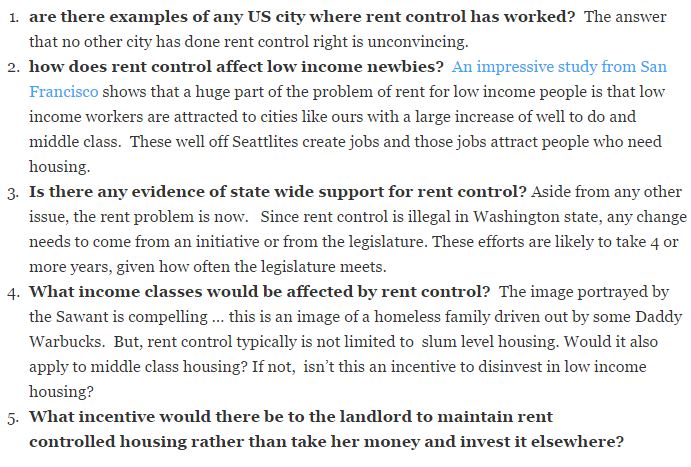 Dr Peter Vella is an Australian scientific researcher living and working in Sweden. This article appeared in Crikey as a suggestion for his hime town of Sydney.
Dr Peter Vella is an Australian scientific researcher living and working in Sweden. This article appeared in Crikey as a suggestion for his hime town of Sydney.
Valkommen to Swedish Rent Control
In 2014 I left Australia to work in Sweden – little did I know of the difficulties in finding an apartment. Sweden is well known for ABBA and IKEA, but it should be more widely known as the land of rent control and nationwide mass rental housing shortages. Swedish rents are set by collective bargaining negotiations, something Australians associate only with workplaces. The Swedish Property Federation (landlords) and Swedish Tenants Association (tenants) sit down each year to decide how much rents will be, based on building, maintenance costs and the quality of the residence from the tenant’s perspective (the ‘utility’ value). Surveys and a points scoring system forms part of determining what the utility of different properties is.

The queue in years for brokered rental dwellings, Greater Stockholm. The Y axis is number of houses/dwelling mediated (brokered) by the housing service (the housings service acts as a matchmaker service). The x axis is queue time interval in years
Unfortunately, rents based on scoring property attributes are unlikely to properly reflect the demand for rental housing from other renters who are bidding the price up. If demand were properly reflected, there would be little reason to have the rent controls in the first place, as the final rents would resemble those without controls. The artificially lower prices under rent control stimulate extra demand while also weakening the financial incentives for developers to build. Add to this the valid need to protect heritage buildings, high construction costs, and opposition to medium and higher density buildings next to existing residents, and you have the perfect mess.
Stand in line… for the next decade
Rent controls make finding vacant properties harder. Walking around Stockholm, one notices the complete lack of real estate agencies advertising vacant rental housing. Where do Stockholmers go to rent apartments? The answer is Stockholm City Council’s housing service. Incredibly, 430,000+ people are registered as waiting in this official housing queue system, and each year this queue grows longer. A Stockholm rental apartment typically involves a 7-8 year wait, and for popular inner city areas one can expect to wait 10 to 20 years. In 2013, one woman got an inner city Stockholm apartment after waiting 28 years in the housing queue. Housing shortages are not limited to large cities such as Stockholm, but are present all across Sweden. Indeed, 246 (84%) of Sweden’s 290 municipalities report a shortage of rental properties. This observation suggests rent control, among other factors, is an important contributor to Sweden’s crippling rental housing shortage.
As prices ultimately do not decide who should get a property, supplementary ways to decide are required. Stockholm’s rental queue system uses accumulated waiting time – the longer you wait, the higher priority your application will have. Vacant properties are generally advertised for a week, with the number of accumulated waiting points determining the priority order of your application. Once an advertisement closes, the property is offered to the first person with longest queuing time; if this person turns down the offer, the second person is contacted, and so on, until someone is found. The second exhibit is a screenshot from within Stockholm City Council’s rental housing queue system. The apartment on offer is inexpensive (SEK 5718/month, roughly AUD $220/week), which looks good until one realises there are 500+ expressions of interest for this apartment alone (see green box). My priority is 528 of 529, meaning I am at the bottom of the queue and have no hope of getting the place, despite the fact I can afford to pay that rent.
Finding a vacant rental in Sweden is a headache, and particularly so for university students, or businesses hiring skilled staff from outside the city or internationally. To prevent the Swedish rent control system collapsing under its own weight, a number of key relaxations are made. Firstly, tenants may legally sublet their apartments or rooms. Tenants will often sublet if they take work in another city, move in with a partner or take an extended holiday. Secondly, one may apply to queue for a short-term apartment – in effect, joining a waiting list for a ‘stepping stone’ property while waiting on the main waiting list. Ironically, this creates a pool of insecure sublettings and short-term accommodations, exactly the opposite of what security of tenure and rent controls are intended to achieve. Thirdly, separate queues are established and reserved for students, young people and the aged to shield these social groups from the intense demand for properties.
Powerful ‘lock in’ effects are created by rent control, which makes people unwilling to move, lest they have to queue again. To circumvent this, a relaxation is applied permitting two parties to barter (swap) their apartments, provided no money is involved. It is illegal to pay money for a swap, but such illegal payments are likely to happen anyway.
What could rent controls mean for Sydney?
The ultimate effect of any rent control will depend on the details of the proposed control. Although some forms of rent control alone can create a housing shortage, rent control can also be adopted where housing problems already exist, worsening an already bad situation. It is not unreasonable to speculate that a Sydney rent control could encourage landlords to withdraw properties from the rental market and sell these to owner-occupiers, dramatically shrinking the available rental housing pool. Wealthy people can also bypass the problems associated with rent controls by simply buying their own property and living in it.
_____________________